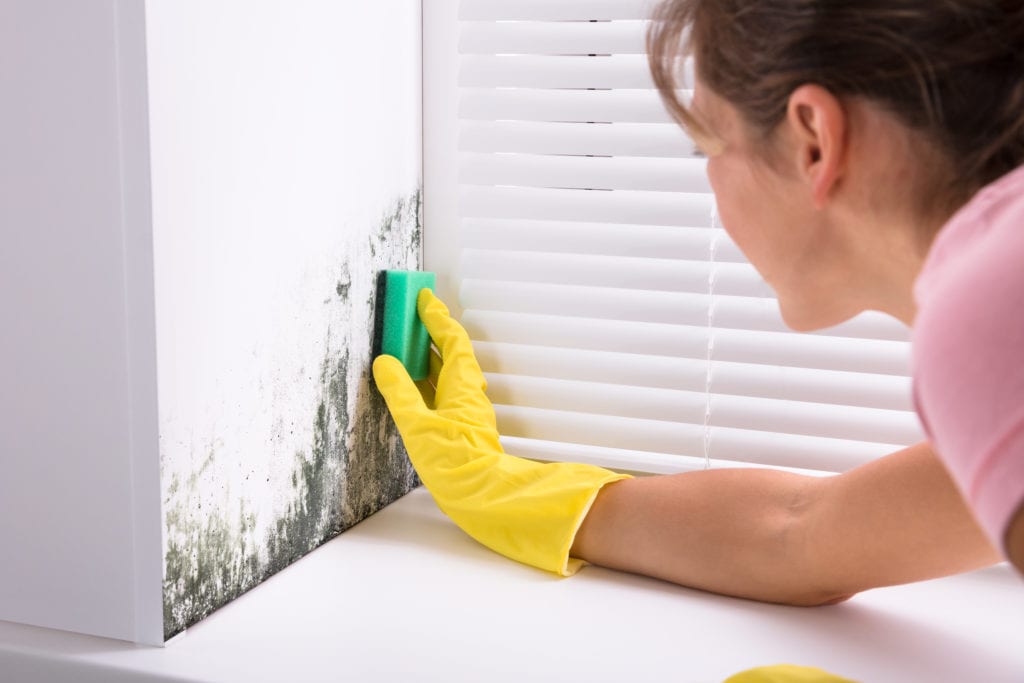Certified Mold Remediation – Restoring Homes, Ensuring Safety
Certified mold remediation is a critical process dedicated to restoring homes and ensuring the safety of occupants by addressing the pervasive and potentially hazardous issue of mold growth. Mold, a type of fungus, thrives in damp and humid environments, making homes with water damage or high moisture levels particularly susceptible. Beyond the unsightly appearance and musty odor associated with mold, its presence can pose significant health risks, including respiratory problems, allergies, and other adverse health effects. To counteract these dangers, certified mold remediation professionals employ a systematic approach that involves thorough inspection, effective removal, and preventive measures. The first step in certified mold remediation is a comprehensive inspection of the affected property. Trained experts conduct a detailed assessment to identify the extent of mold growth, the types of mold present, and the underlying causes of moisture.

This assessment is crucial for developing a targeted remediation plan tailored to the specific conditions of the home. State-of-the-art tools, such as moisture meters and infrared cameras, aid in detecting hidden mold and assessing the moisture levels in building materials. The goal is to create a thorough understanding of the mold problem, enabling the development of an effective and efficient remediation strategy. Once the inspection is complete, the certified mold remediation team implements a carefully planned removal process. This involves isolating the affected areas to prevent the spread of mold spores to uncontaminated parts of the home and navigate to this website https://www.allproconstructioninc.com/tacoma/mold-remediation/ for future use. Specialized equipment, such as air scrubbers and negative air machines, helps to filter and capture mold spores, ensuring a controlled environment during the remediation process. The physical removal of mold involves scrubbing surfaces, using antimicrobial agents to kill remaining spores, and safely disposing of contaminated materials.
This meticulous approach not only addresses the visible mold but also mitigates the potential for future growth, providing a long-term solution to the problem. In addition to removing the existing mold, certified professionals prioritize preventive measures to inhibit future growth. This may include repairing water leaks, improving ventilation, and implementing moisture control strategies. The goal is not only to restore the home to a mold-free condition but also to create an environment that discourages the return of mold. Education is a key component of the remediation process, as certified professionals often provide homeowners with valuable information on maintaining a mold-resistant home and recognizing early signs of potential issues. Certified mold remediation is not only about eradicating a current problem but also about safeguarding the health and well-being of occupants. By following industry standards and employing advanced techniques, certified professionals not only restore homes to a safe and healthy condition but also provide peace of mind to homeowners. The importance of certified mold remediation cannot be overstated, as it plays a crucial role in creating living spaces that are free from the harmful effects of mold, promoting a healthier and more secure environment for all.
